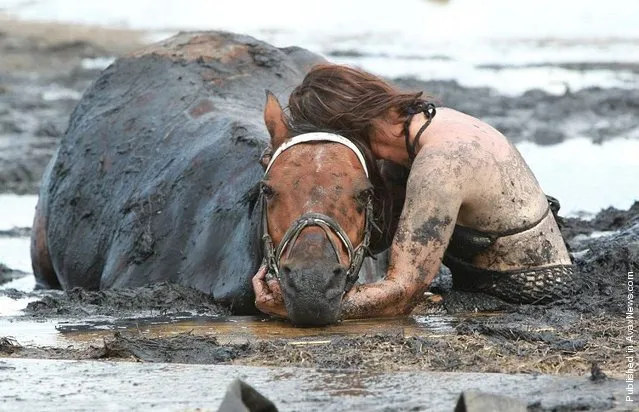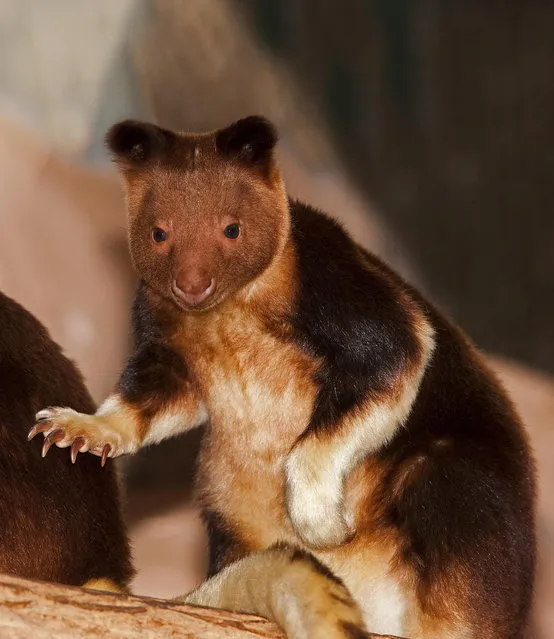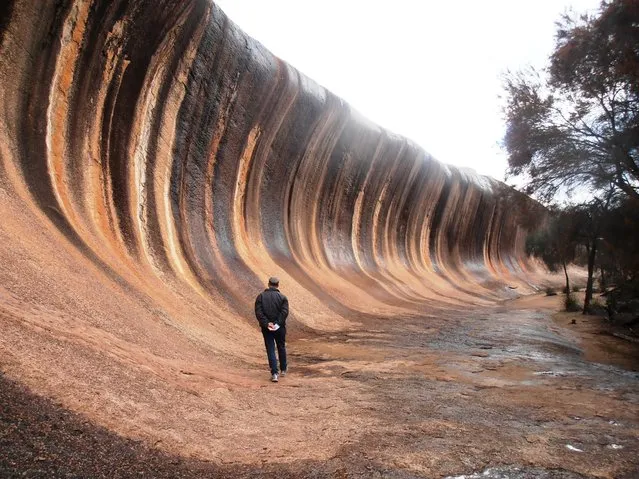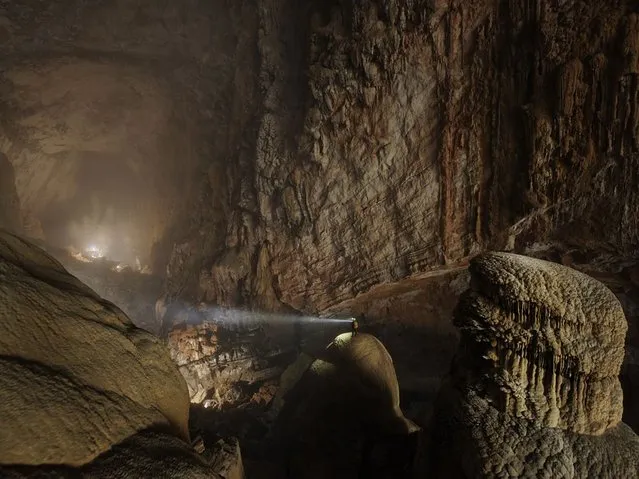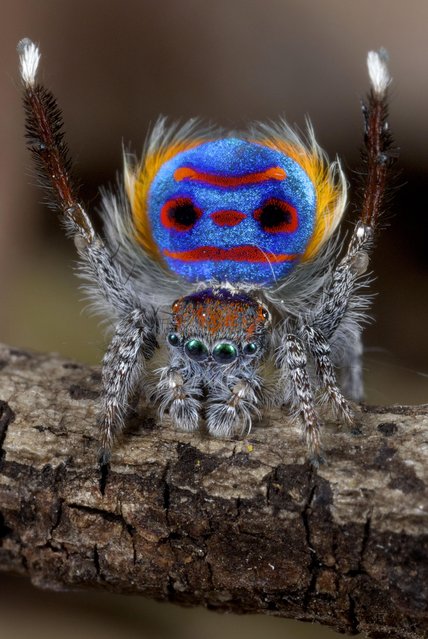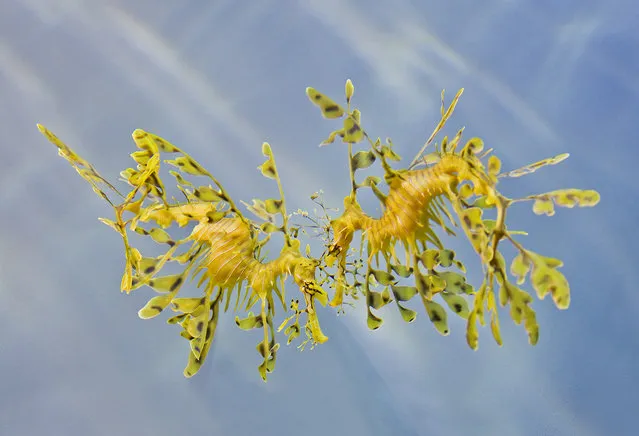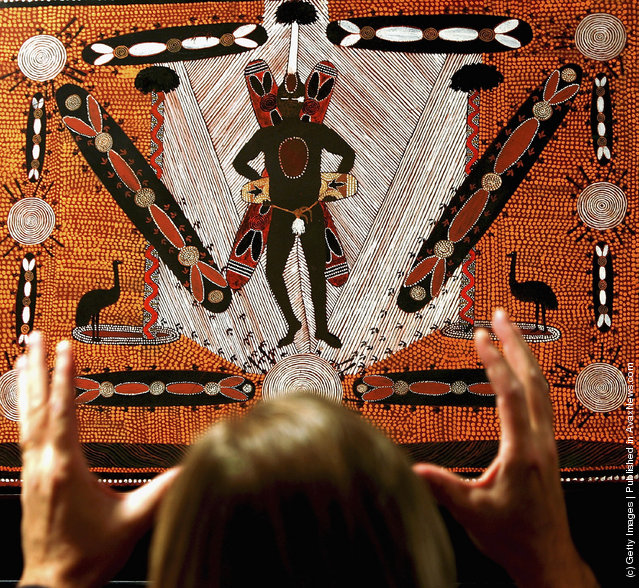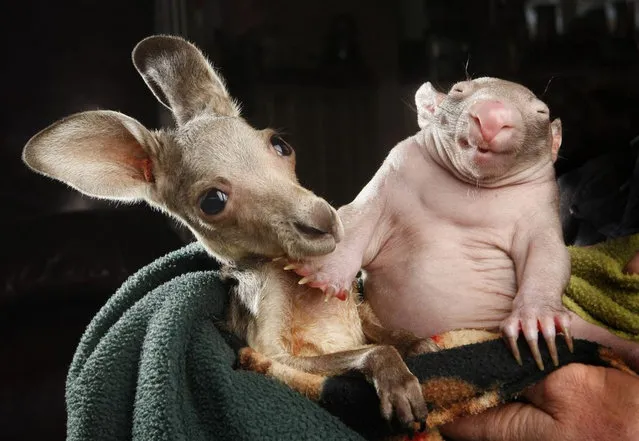
Opposites can attract and Anzac a doe-eyed baby kangaroo has become best friends with Peggy, a tiny squint-eyed wombat. Their unlikely union developed after the pair - both orphans - shared a pouch at the Wildlife Kilmore Rescue Centre in Victoria, Australia. At just over five months old, Anzac was brought to the centre after being rescued in the Macedon Ranges. The joey is in the mother kangaroo's pouch for about eight months, depending on the species, but Anzac was abandoned a few months before he was ready to be free.
11 Oct 2013 10:11:00,post received
0 comments

